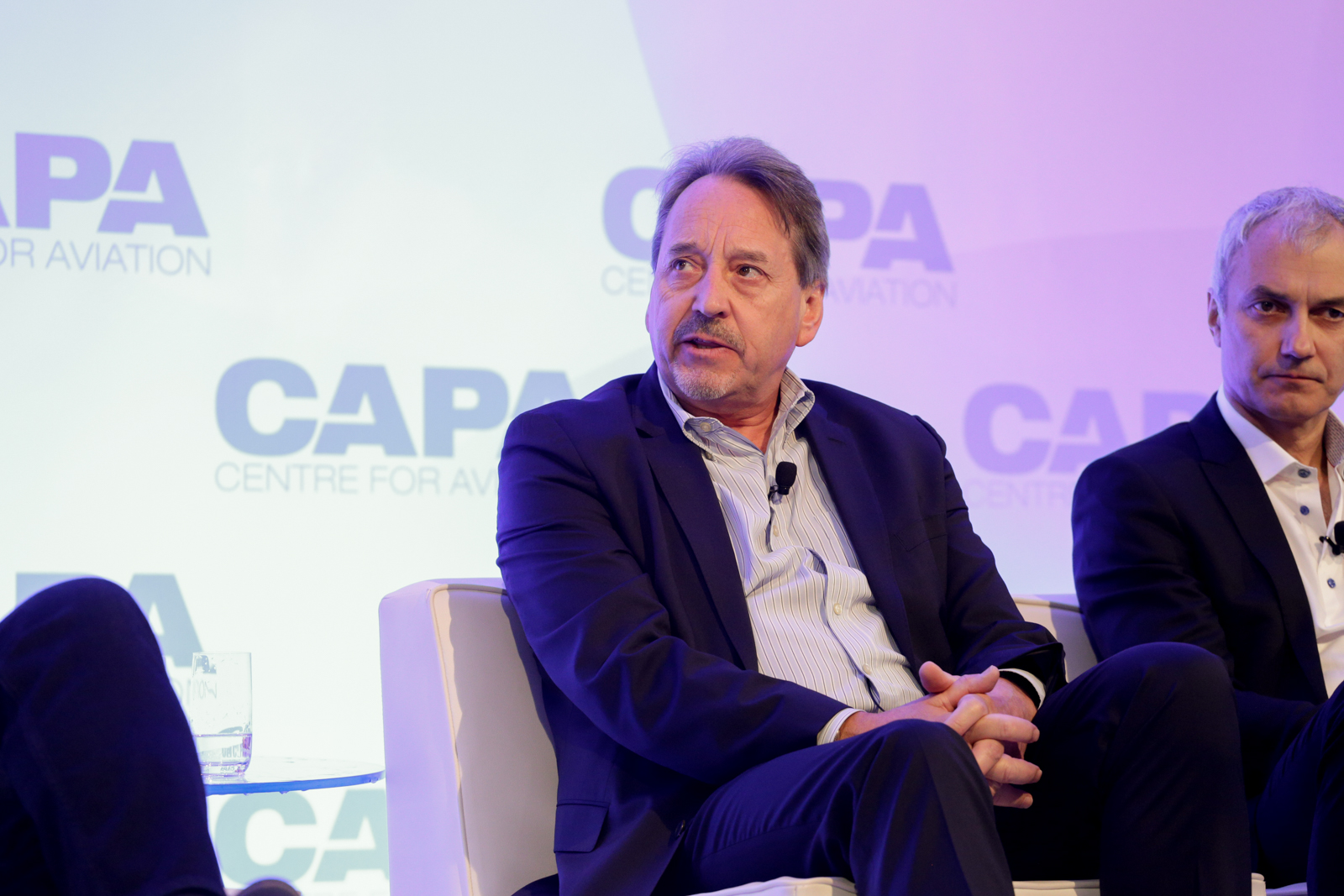Summary:
- Association of Asia Pacific Airlines (AAPA) reveals that Asia Pacific airlines achieved USD8.8 billion in combined net earnings in 2017;
- AAPA says international passenger traffic growth +8.6% was supported by the widespread availability of affordable airfares and continued expansion in network connections;
- Underpinned by the firm increases in both air passenger and cargo markets, Asia Pacific airlines achieved a +6.7% growth in combined operating revenue to USD176.6 billion in 2017;
- Looking ahead, AAPA says the ongoing expansion in the global economy "bodes well" for Asian airlines. "Business activity is expected to remain relatively robust," it says.
AAPA says Asian airlines saw international passenger traffic, expressed in revenue passenger kilometre terms (RPK), recording a robust annual growth rate of +8.6%, supported by the widespread availability of affordable airfares and continued expansion in network connections. With major manufacturing economies located in the region benefiting from increased trade activity, the region's airlines recorded an impressive +9.6% jump in international air cargo traffic as measured in freight tonne kilometres (FTK) for the year.
Underpinned by the firm increases in both air passenger and cargo markets, Asia Pacific airlines achieved a +6.7% growth in combined operating revenue to USD176.6 billion in 2017. Passenger revenue increased by +6.0% to USD135.6 billion. Intense competition led to a marginal -1.0% decline in passenger yields to 7.9 US cents per RPK, notes AAPA, although the decline was less severe compared to previous years. Cargo revenue increased significantly, by +14.6% to USD18.6 billion. Following several years of contraction, cargo yields rebounded with a +6.0% growth to 25.0 US cents per FTK.
Combined operating expenses climbed +8.7% higher to USD165.0 billion for the year. Fuel costs also rose significantly, by +19.6% to USD40.6 billion, as global jet fuel prices climbed 24.5% to average USD65.4 per barrel. As such, the share of fuel expenditure as a percentage of total operating expenses rose by +2.2 percentage points to 24.6%. Non-fuel expenditure increased by +5.6% to USD124.4 billion, in line with higher traffic volumes.
The AAPA director general, Andrew Herdman, was among the delegates at last week's CAPA - Centre for Aviation Airline Leader Summit in Dublin, Republic of Ireland, where he highlighted that the "secret to scaling" operations in Asia has been through a complex group model with multiple operating entities, in order to circumvent ownership regulations.
He added that airlines based in Asia cannot necessarily operate with a true single airline model such as in Europe, but noted that using brands to appeal to different customer segments can "confuse" customers, and has caused consolidation of certain brands. He cited Singapore Airlines Group's decision to absorb Silk Air into the main brand and Tigerair into Scoot. He also added there are "diseconomies of having multiple brands".
Mr Herdman also noted, that while the structure of the aviation industry is "very complex" as a result of complicated bilateral agreements and ownership/control legislation, thousands of airports and airlines work together on a daily basis. He stated this is "on one hand, a victory for managing the complexity", but also begs the question as to "if it's sustainable".
Speaking about the 2017 performance of Asia Pacific airlines he said: "As a group they have achieved commendable earnings performance in 2017, with the solid +31.6% increase in net earnings to USD8.8 billion underpinned by strong growth in both air passenger and cargo volumes, and higher average load factors."
However, he warned that the region's airlines continued to face some significant headwinds in the form of stiff competition, and increased cost pressures from markedly higher fuel prices and rising labour costs. "Reflecting the highly competitive business environment, the average operating margin was 6.6% for the year, with net profits of just over USD6 per passenger," he highlighted.
Looking ahead, he said the ongoing expansion in the global economy "bodes well" for Asian airlines. "Business activity is expected to remain relatively robust whilst increased consumer spending should underpin further growth in passenger travel and continue to support air cargo demand in the coming months," he explained.
"Overall, Asian airlines continue to evolve in the face of changing market dynamics, implementing measures to increase efficiency and carefully control operating costs whilst seeking opportunities to maximise revenue. In addition, the region's airlines remain focused on enhancing business performance through increased investments in new technologies and modern fuel efficient aircraft," he added.
